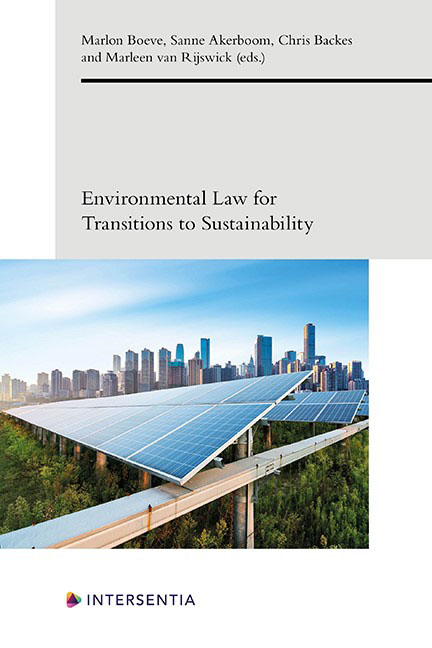The Concept of Environmental Damage According to Directive 2004/35 and the Derogation under Article 4(7) of Directive 2000/60: How to Effectively Remedy Water Damage
Published online by Cambridge University Press: 11 November 2021
Summary
INTRODUCTION
Under the responsibility mechanism introduced by Directive 2004/35 on environmental liability with regard to the prevention and remedying of environmental damagein order to establish a framework of this liability based on the ‘polluter pays’ principle, the EU legislator formulated the normative definitions of ‘damage’ and ‘environmental damage’ . Accordingly, ‘damage’ means ‘a measurable adverse change in natural resources or measurable impairment of a natural resource service which may occur directly or indirectly’ (Article 2(2) of Directive 2004/35). In accordance with Article 2(1)(b)(i), ‘environmental damage’ includes, but is not limited to,
‘water damage’ , which is any damage that significantly adversely affects:
(i) the ecological, chemical and/or quantitative status and/or ecological potential, as defined in Directive 2000/60, of the waters concerned, with the exception of adverse effects where Article 4(7) of that Directive applies …
Recitalof Directive 2004/35 emphasises the need for the uniform use of the same definitions of terms in legislation in order to use common criteria and promote their uniform application (the so-called cohesion objective of the Directive). To determine the scope of the term ‘water damage’ , reference should be made to the definitions, criteria and objectives of the Water Framework Directive.
From the perspective of the effectiveness of Directive 2004/35's enforcement, there arises a question of whether the above definition of water damage is an effective tool to prevent and remedy such damage. This problem is relevant in relation to the derogation from the adverse effects of ‘environmental damage’ where Article 4(7) of Directive 2000/60/EC applies. This leads to the question of whether the concept of environmental damage within the meaning of Directive 2004/35 and in the derogation in Article 4(7) of Directive 2000/60 has fulfilled its expectations and whether it has substantially contributed to achieving a sustainable and good status for all EU waters. If not, can the Directive 2004/35 be improved, or do we need a completely different instrument ?
- Type
- Chapter
- Information
- Environmental Law for Transitions to Sustainability , pp. 281 - 298Publisher: IntersentiaPrint publication year: 2021



